I wanted to detail a hamaguri bevel and flat bevel for interest of discussion;
Flat bevel (without micro bevel)
Zero distortion in the reflection
Hamaguri (curved) on the left
Hamaguri on the left again
I thought I would take a moment to detail these since they were discussed in the freehand thread. Basically the only way to make a hamaguri edge is in fact freehand, however it's not always wanted. Only in certain circumstances would you want one, really anywhere where you need something super strong but not necessarily as sharp.
I've been chopping rock maple and so my bevel is a hamaguri, if I were working softwoods I'd probably reduce it or remove it to be more like the paring chisel.




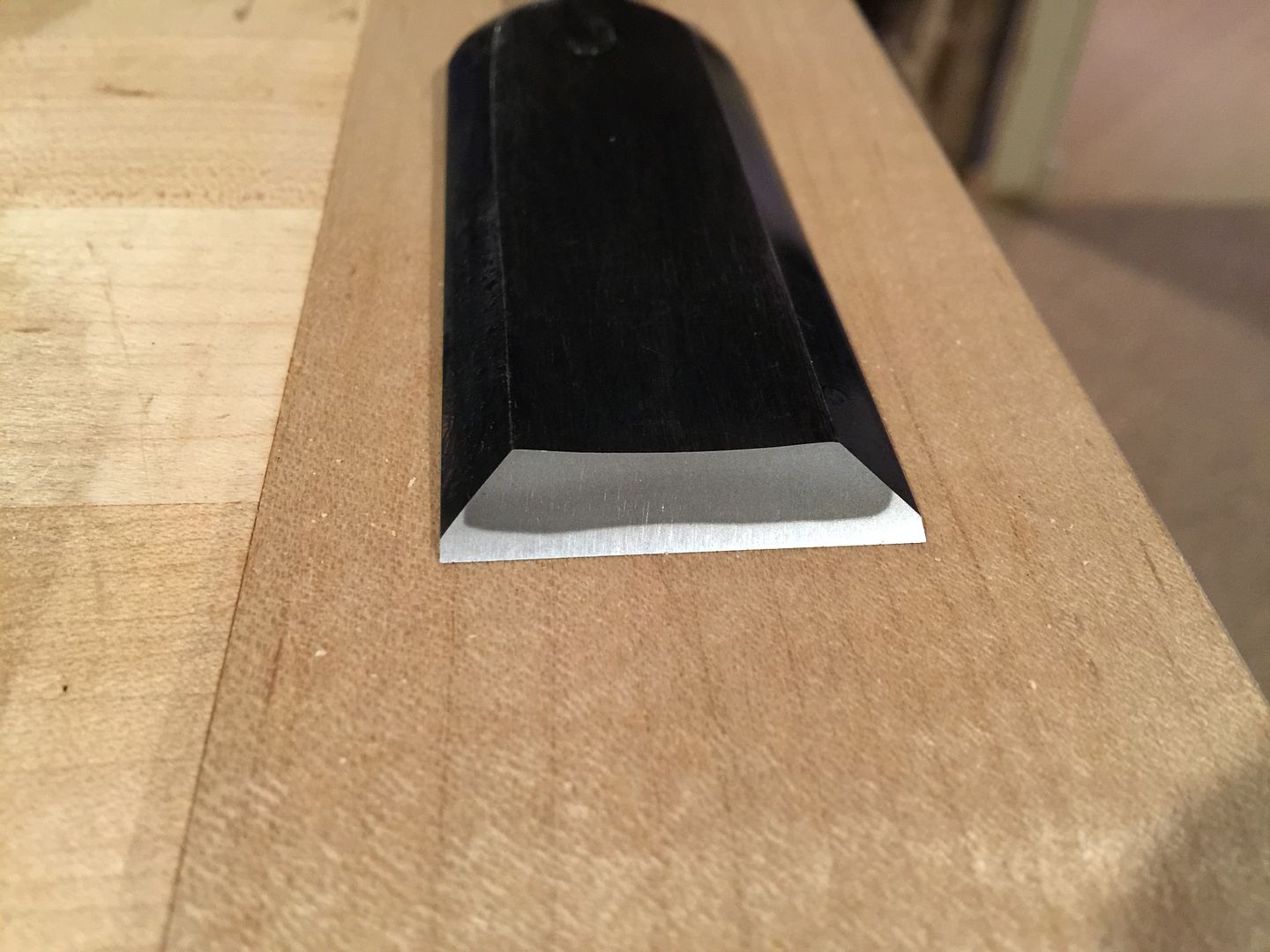
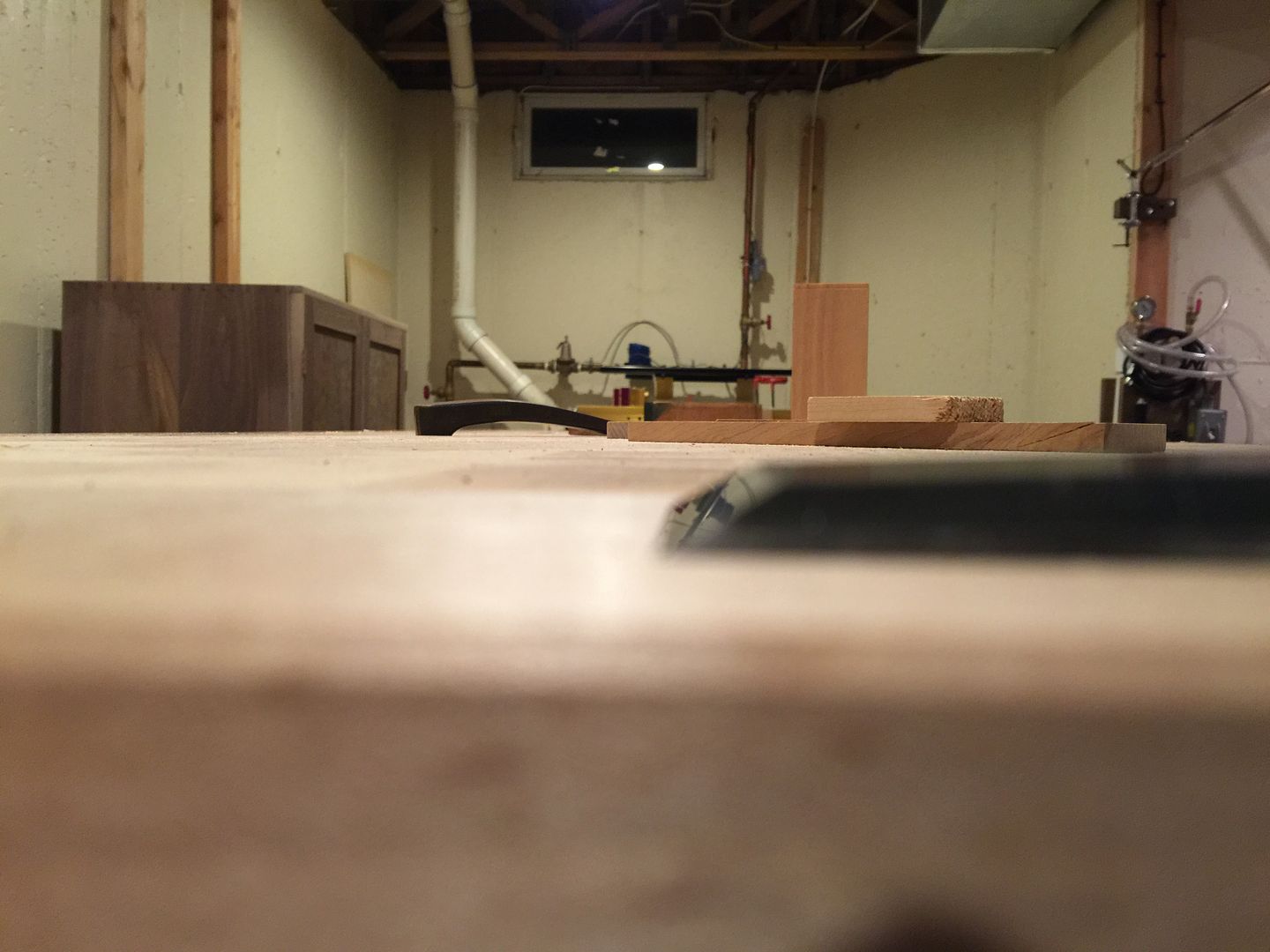
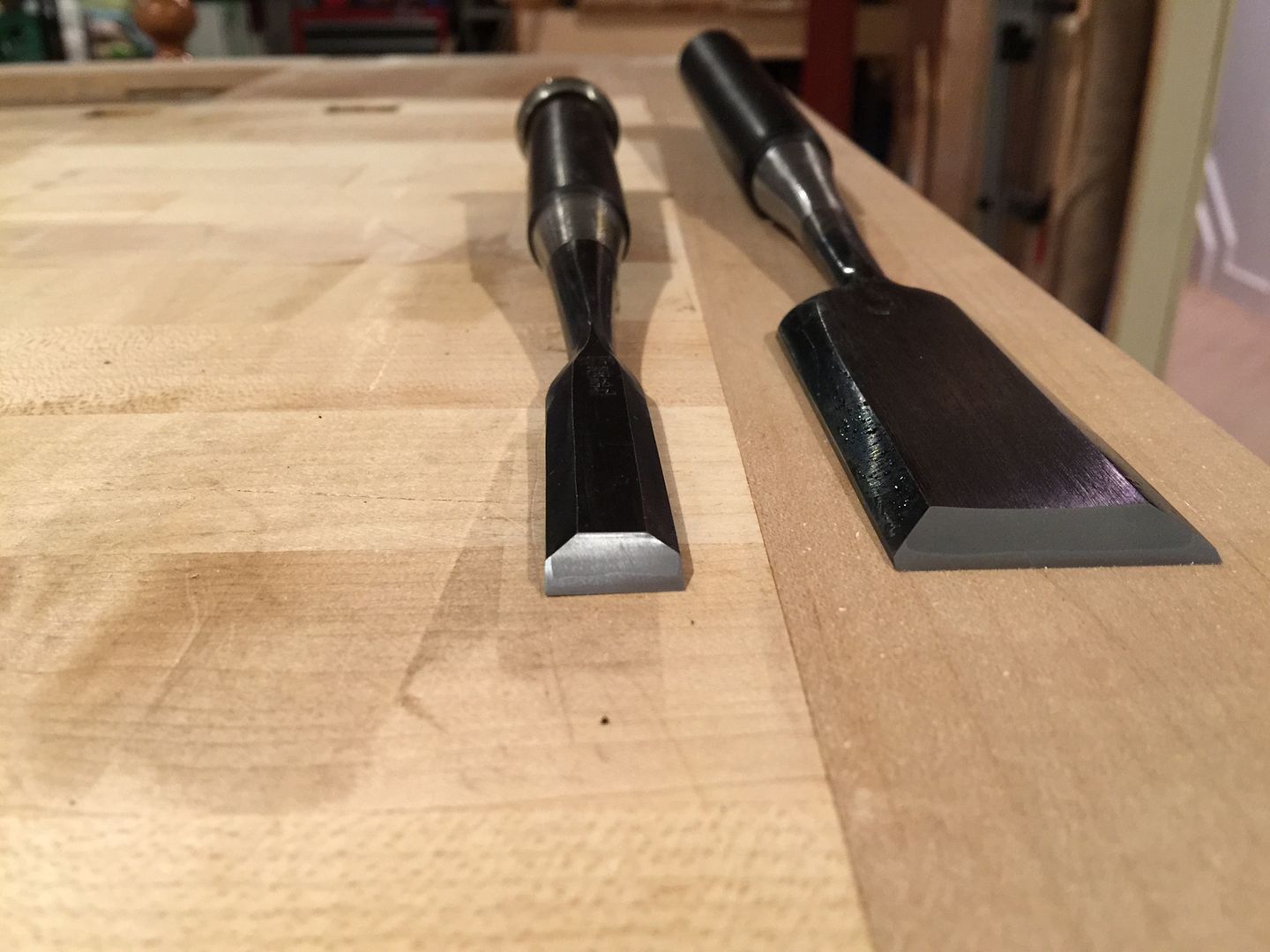
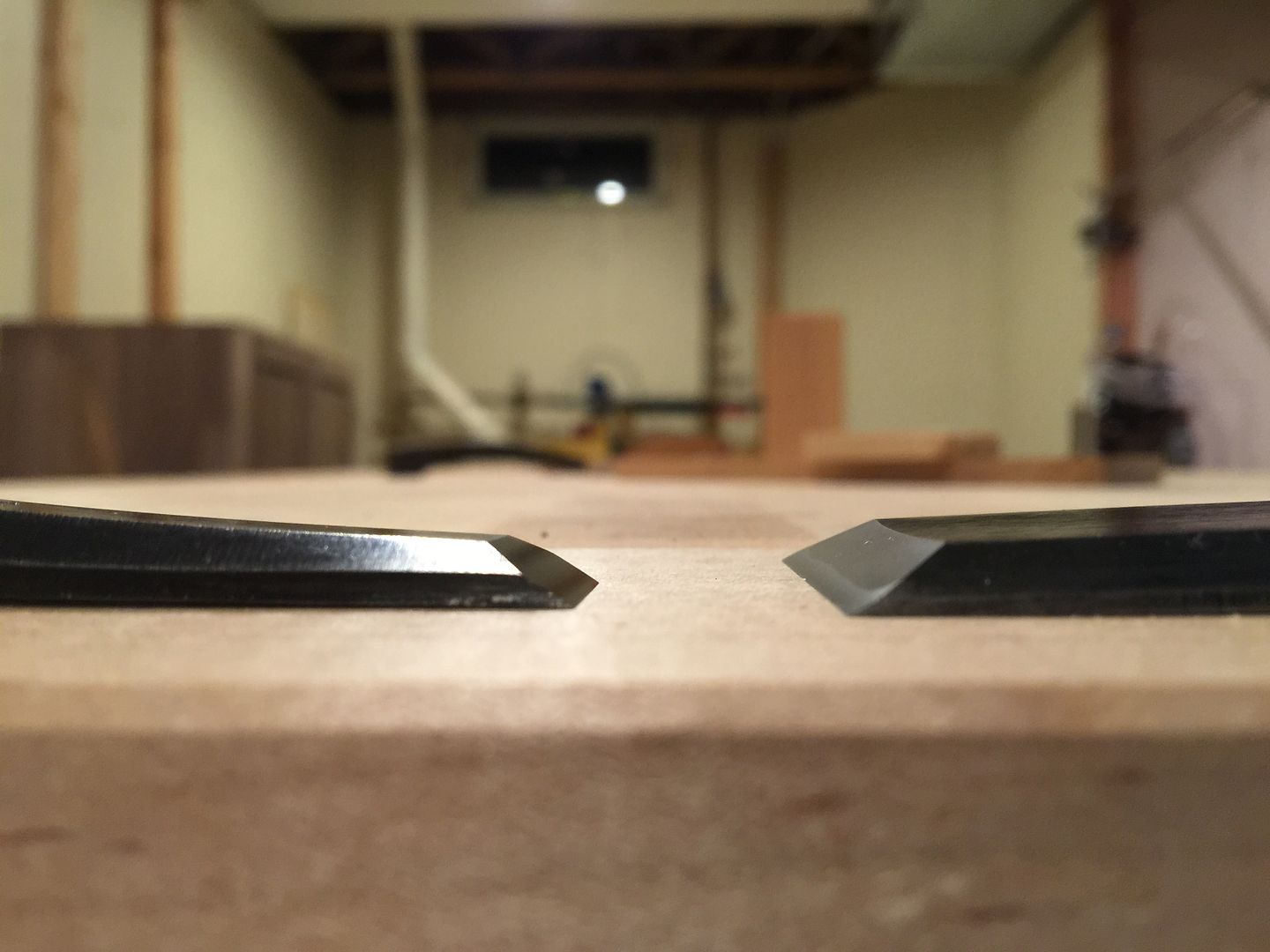

 Reply With Quote
Reply With Quote

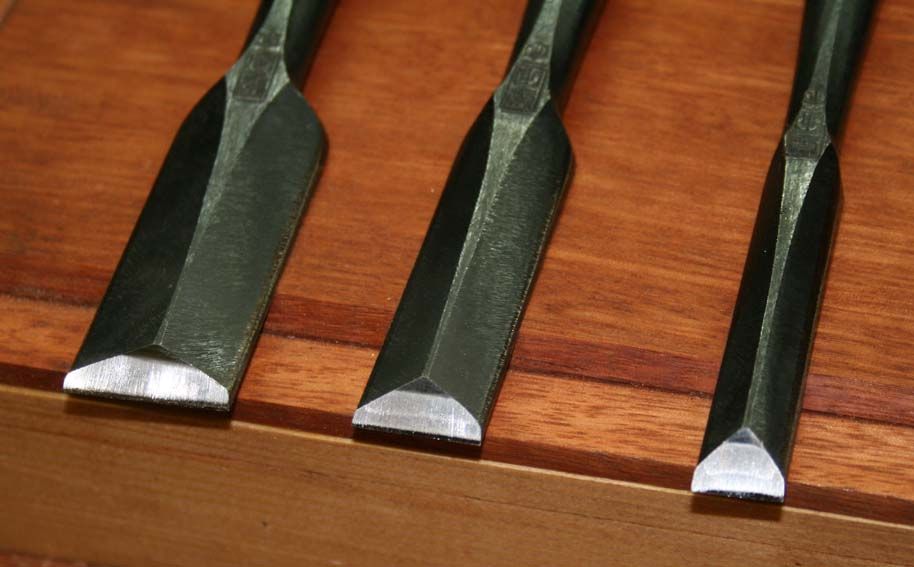


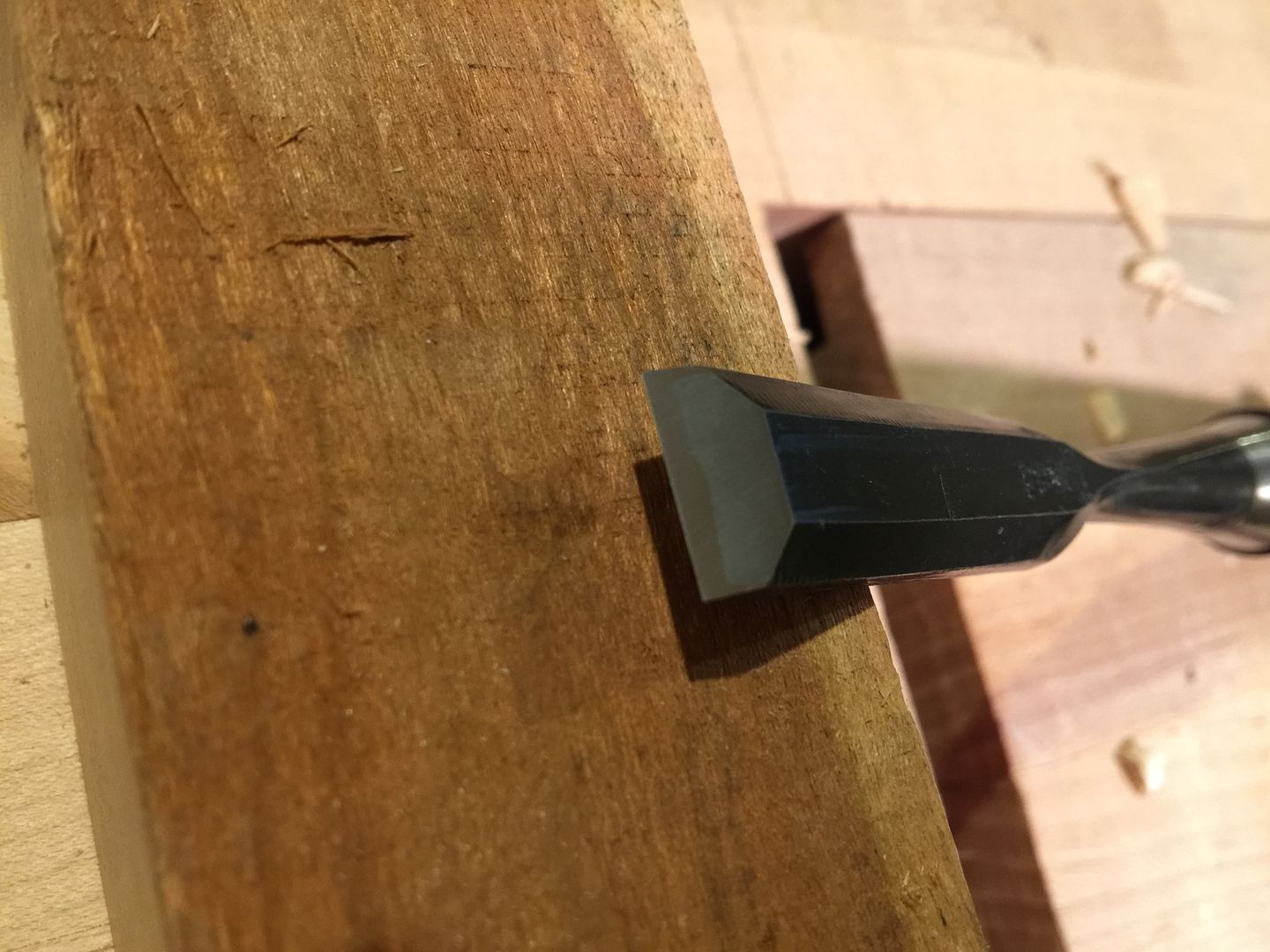


 Thanks for the kind words, both were actually finished on the same Nakayama asagi, but the hamaguri bevel will mute the contrast in some lights.
Thanks for the kind words, both were actually finished on the same Nakayama asagi, but the hamaguri bevel will mute the contrast in some lights.
